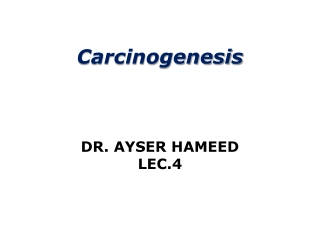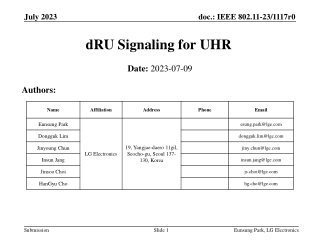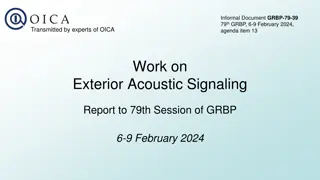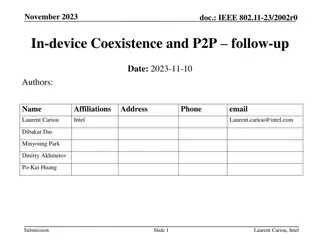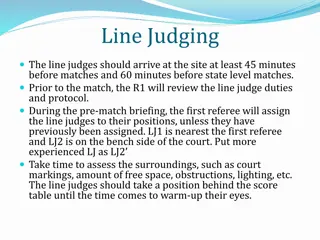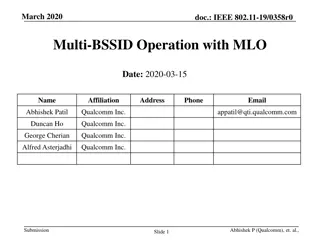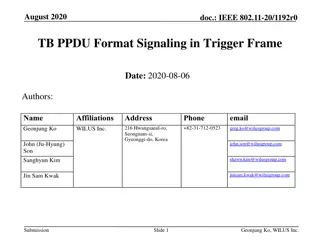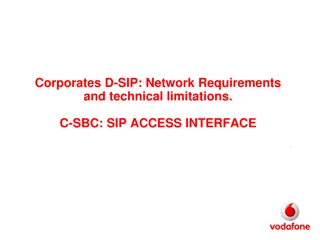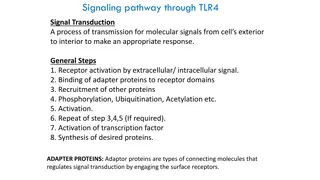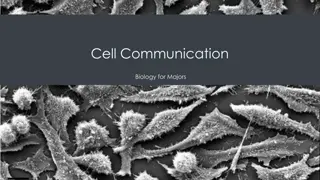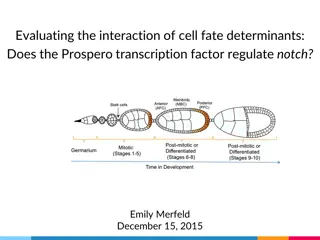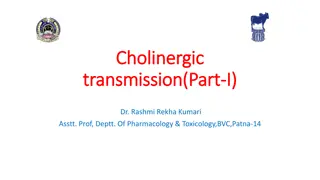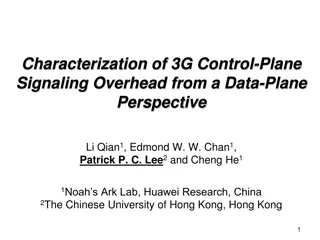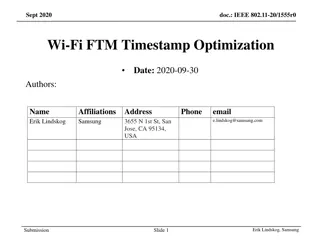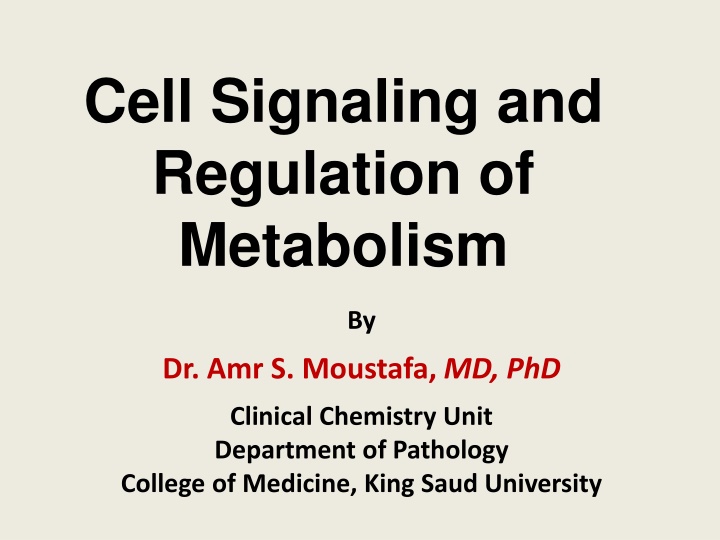
Cell Signaling and Metabolism Regulation
Explore the intricate mechanisms of cell signaling and regulation of metabolism by Dr. Amr S. Moustafa, emphasizing the importance of communication pathways, signaling cascades, and recognition processes within cells.
Download Presentation

Please find below an Image/Link to download the presentation.
The content on the website is provided AS IS for your information and personal use only. It may not be sold, licensed, or shared on other websites without obtaining consent from the author. If you encounter any issues during the download, it is possible that the publisher has removed the file from their server.
You are allowed to download the files provided on this website for personal or commercial use, subject to the condition that they are used lawfully. All files are the property of their respective owners.
The content on the website is provided AS IS for your information and personal use only. It may not be sold, licensed, or shared on other websites without obtaining consent from the author.
E N D
Presentation Transcript
Cell Signaling and Regulation of Metabolism By Dr. Amr S. Moustafa, MD, PhD Clinical Chemistry Unit Department of Pathology College of Medicine, King Saud University
Objectives Different steps in signaling pathways The second messenger systems Function of signaling pathways for Signal transmission Amplification The role signaling pathways in regulation and integration of metabolism
No cell lives in isolation Cells communicate with each other Cells send and receive information (signals) Information is relayed within cell to produce a response
Signaling Process Recognition of signal Receptors Transduction Change of external signal into intracellular message with amplification and formation of second messenger Effect Modification of cell metabolism and function
Recognition Performed by receptors Ligand will produce response only in cells that have receptors for this particular ligand Each cell has a specific set of receptors
Different Responses to the Same Signaling Molecule (A) Different Cells
Different Responses to the Same Signaling Molecule (B) One Cell but, Different Pathways Hypoglycemia Glucagon secretion Hepatocyte: Glucagon/receptor binding Second messenger: cAMP Response: Enzyme phosphorylation P P Glycogen synthase (Inactive form) Glycogen phosphorylase (Active form) Inhibition of glycogenesis Stimulation of glycogenolysis
GTP-Dependant Regulatory Proteins (G-Proteins) Trimeric membrane proteins ( ) G-stimulatory (Gs) and G-inhibitory (Gi) Binds to GTP/GDP G-Proteins: Forms of G-Proteins Active form -bound GTP ( /GTP) Inactive form Trimeric bound GDP ( /GDP) The -subunit has intrinsic GTPase activity, resulting in hydrolysis of GTP into GDP and inactivation of G-proteins
Signaling Pathways for Regulation of Metabolism Two important second messenger systems: Adenylyl cyclase system Calcium/phosphatidylinositol system
Adenylyl cyclase Adenylyl cyclase: Membrane-bound enzyme Converts ATP to cAMP Activation/Inhibition: Signal: Hormones or neurotransmitters (e.g., Glucagon and epinephrine) or toxins (e.g., Cholera and pertussis toxins) Receptor: G-protein coupled receptor Response: Activation/inhibition of protein kinase A (cAMP-dependent protein kinase)
Signal Transduction: Adenylyl Cyclase System Ligand/Receptor Binding Resting state: No Signal Activation of Gs-protein
Signal Transduction: Adenylyl Cyclase System Activation of adenylyl cyclase
Adenylyl Cyclase System: cAMP-Dependent Protein Kinase (Protein Kinase A) 1 AMP 1Phosphodiesterase
Termination of Signal (A) 1 AMP Protein phosphatase Phosphodiesterase cAMP Inactive protein kinase 1Phosphodiesterase
G-Protein Coupled Membrane Receptor
Regulation of Glycogen Metabolism by Glucagon: Effects on Glycogen Synthase and Phosphorylase Hypoglycemia Glucagon secretion Hepatocyte: Glucagon/receptor binding Second messenger: cAMP Response: Enzyme phosphorylation P P Glycogen synthase (Inactive form) Glycogen phosphorylase (Active form) Inhibition of glycogenesis Stimulation of glycogenolysis
Pyruvate Kinase Regulation: Covalent Modification
Calcium/Phosphatidylinositol System
Calcium/Phosphatidylinositol System Diacylglycerol (DAG) Phospholipase C Inositol Trisphosphate (IP3)
e.g., Antidiuretic hormone (ADH) Acetylcholine Intracellular Signaling by Inositol trisphosphate
Take Home Message Cell signaling allows Signal transmission and amplification Regulation of metabolism Intercellular communications & coordination of complex biologic functions


